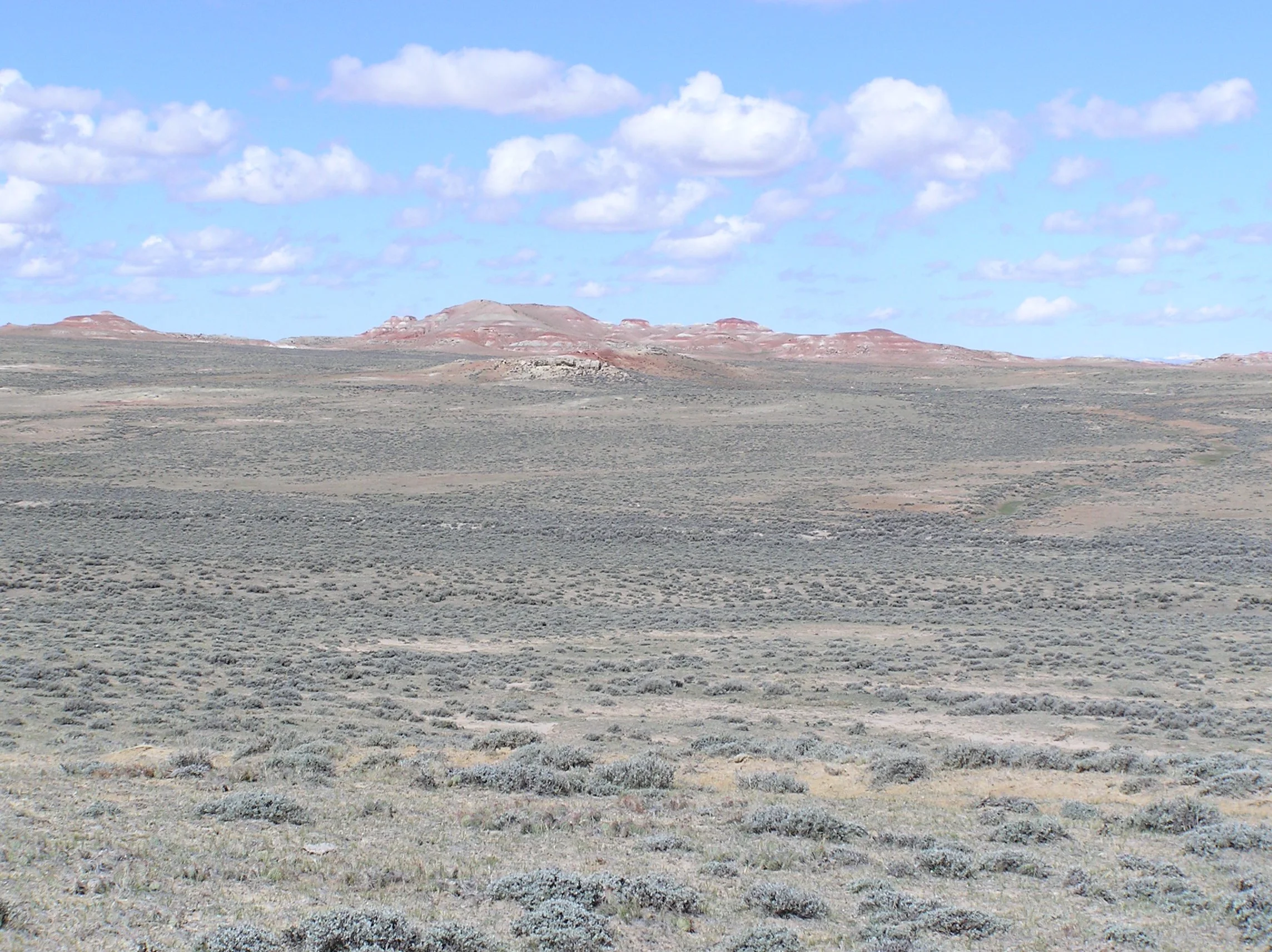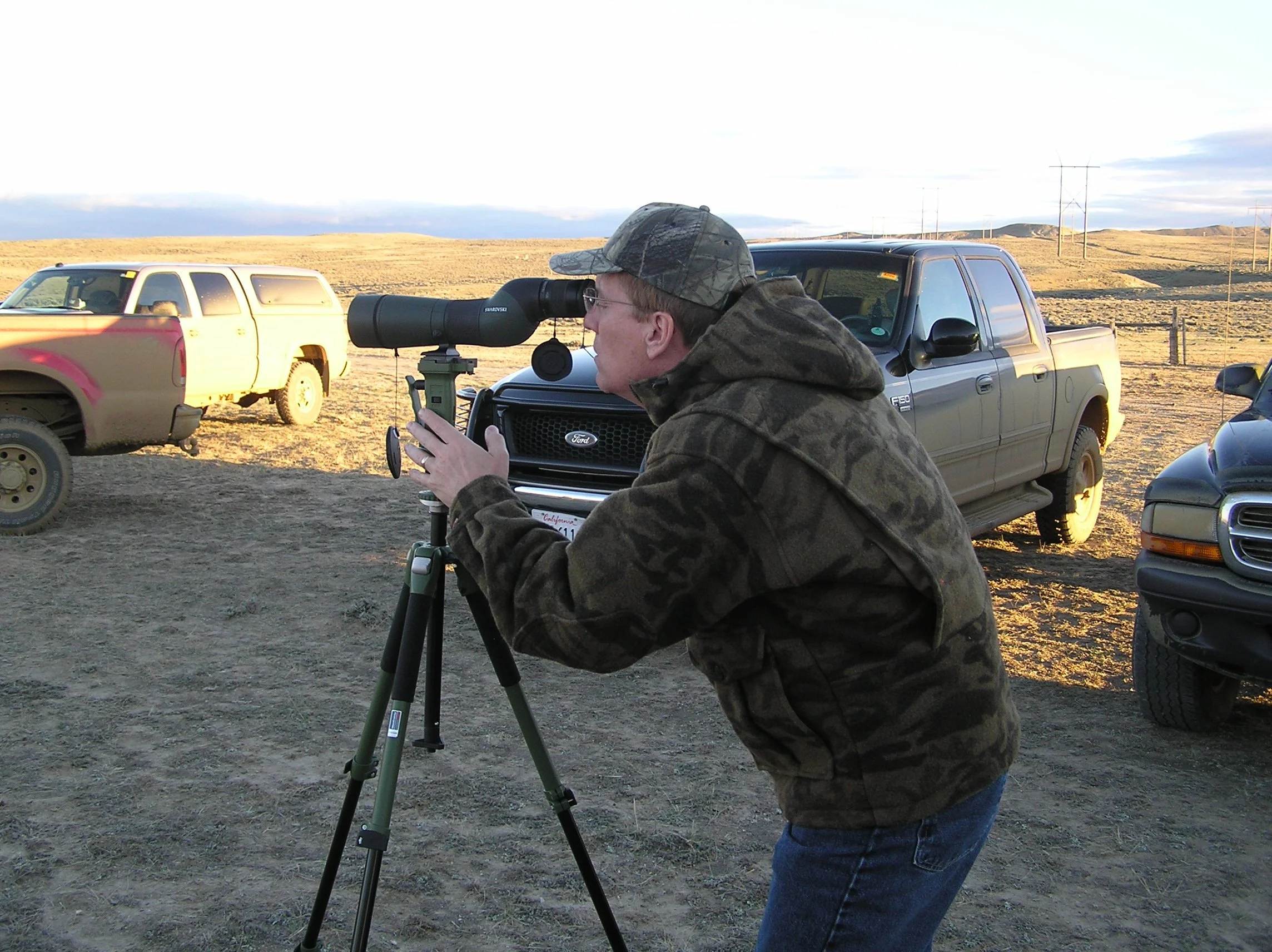Plenty of Pronghorn - Part 1
Fifty years ago, Jack O’Connor published a story in Outdoor Life magazine in which he recounted a tale of overconfidence, bad weather and missed opportunities. This combination added up to a [nearly] futile attempt at collecting the prairie speedster known as Pronghorn Antelope to non-natives of the Western U.S., but as “Goats” by those who happen to live around them all year long. He titled his story, “Antelope Aren’t So Dumb!” However, his tongue-in-cheek, take-home message was that telling his hunting partner, among other things, that “We have allowed three days for the antelope…That’s probably two days too many” was dumb. I thought about this story more than once as my brother, Randy, and I drove from his home north of Seattle – traveling across Washington, through the northern tip of Idaho, slantwise down through Montana, and then due south through Wyoming toward Casper.
I had never hunted Pronghorn before, and actually had seen them only once, and then from a moving car almost three decades earlier. But the memory was strong. Their beautiful tan and white skins, their coal black noses and eyes, and the dark grey-black horns that seemed to curve and jut in a hundred directions at once spoke of the Old West.
As Randy drove us along one of the stretches of highway I reflected on this feeling in my diary: “As we drive south toward Sheridan, the countryside opens wide into rolling shortgrass prairies broken with winding, willow/cottonwood lined waterways. How bleak it must have seemed for some of the first white people, while the openness spoke of tremendous opportunity to others. For me, it sings of beautiful wildness, of vistas occasionally occupied by the lone warrior, horse soldier, buffalo hunter or cowboy.” A bit romantic, I realize, but that is what the West does to many – especially those of us, like me, who have never had to face the winters!
So, were we going to find the Antelope to be almost non-existent, like Jack O’Connor and his hunting buddy? Or would we instead be in constant contact with the animals as I had been assured would be the case by our soon-to-be-met guide, Mike O’Leary of SNS Outfitter & Guides? Time would tell. However, overrun with animals or not, I had a bigger worry. This related to my doubt about hitting an animal smaller than the whitetail deer I hunted in Georgia, but at distances I never encountered in the dense woods of my adopted state. Mike had advised that we should be prepared for “Shots averaging 200 yards, or so”. I told him that I had been practicing mainly by kneeling behind the 225-yard bench at my gun club, but that I would really prefer that he call the Antelope in to 50 yards or less! He had laughed at my quip, but I am sure he wondered if he would have yet another client that couldn’t hit a barn from the inside. So, while we motored through some of the most beautiful scenery on earth, I fretted. Mike had also asked about my rifle and loads. Maybe it was my imagination, but I thought I heard a tone of skepticism in his voice after I told him that the handloads I would be using in my 7mm Remington Magnum would be topped with 175 grain Nosler Partitions. I knew that these were tough, heavy bullets for such a small, thin-skinned animal, but I also knew that when I had worked up lighter, faster loads, my rifle did not group nearly as well as it did with the heavier bullets.
From the moment I shook hands with Mike and the other guides, I felt that we had landed in a quality outfit. As in our phone conversations, they once again assured us that seeing Antelope would not be a problem. If true, that left my shooting ability as the only variable to be factored into the “see the trophy, collect the trophy” formula. As we made the hour-long drive to our camp, Mike’s assurances concerning the quantity and quality of Pronghorns in their area were confirmed.
The author checks out the bands of Pronghorn Antelope near camp
In truth, I couldn’t tell a mediocre buck from one that would earn a hunter a place in the Boone and Crockett awards, but I could see the many herds of antelope as we worked our way deeper and deeper into the countryside surrounding Casper, Wyoming. And as we pulled up in front of the trailers that would, for the next three days, act as our sleeping, eating and toilet facilities, the presence of four different herds of does within 300 yards of our camp, all being minded by four dominant bucks, and all being watched eagerly by other, less-dominant bucks, finally settled the question of whether we would have to endure a Jack O’Connor-esque famine.
A dominant buck and his harem
Next Week - Plenty of Pronghorn - Part 2




